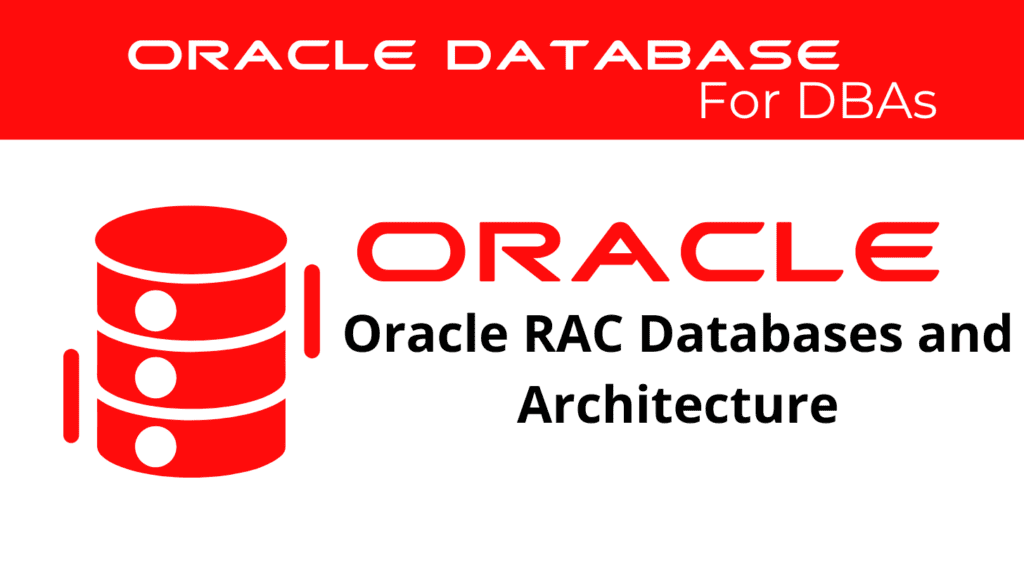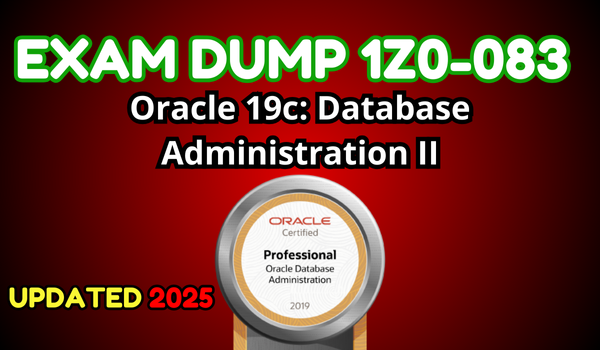
RAC (Real Application Clusters) databases are a critical component of Oracle’s database architecture, designed to provide high availability, scalability, and performance. In this blog, we will explore the architecture of RAC databases, their benefits, and examples of how they are used in various industries. In other words, we will delve into the RAC architecture and understand its significance.
Understanding RAC Database Architecture
What is RAC Database Architecture?
RAC Database Architecture, also known as Real Application Clusters, allows multiple computers to run Oracle RDBMS software simultaneously while accessing a single database, thus providing clustering. This architecture is designed to ensure that the database remains available and can handle high levels of transactions and queries.
📢 You might also like: Oracle RAC: Benefits of Oracle Real Application Clusters (Category: RAC and GRID)
Components of RAC Architecture
The primary components of RAC Architecture include multiple interconnected servers (nodes), shared storage, and Oracle Clusterware. Oracle Clusterware is essential for the coordination and management of these nodes, ensuring seamless operation and communication. The shared storage allows all nodes to access the same database files, providing consistency and reliability.
How RAC Architecture Works
RAC Architecture works by distributing the workload across multiple servers, thereby improving performance and reliability. In case one node fails, the workload is automatically redistributed to the remaining nodes, ensuring continuous availability. This fault-tolerance is one of the key benefits of RAC Database Architecture.
Benefits of RAC Database
High Availability
One of the primary benefits of RAC Database is its ability to provide high availability. By utilizing multiple nodes, RAC can ensure that the database remains operational even if one or more nodes fail. This redundancy is crucial for businesses that require uninterrupted access to their data.
Scalability
RAC Database Benefits include the ability to scale both horizontally and vertically. As the demand on the database grows, additional nodes can be added to the cluster, increasing its capacity. This scalability ensures that the system can handle increased workloads without compromising performance.
Improved Performance
Performance improvement is another significant benefit of RAC Database. By distributing the load across multiple nodes, RAC can handle more transactions and queries simultaneously. This parallel processing capability leads to faster query responses and overall improved database performance.
Cost-Effective Solution
Although implementing RAC Architecture may involve initial setup costs, it can be a cost-effective solution in the long run. By utilizing commodity hardware and sharing resources across multiple nodes, businesses can reduce the overall cost of ownership while benefiting from high availability and performance.
Best Practices for Implementing RAC Database
Planning and Design
Proper planning and design are crucial for the successful implementation of RAC Database Architecture. This includes selecting the right hardware, configuring the network, and planning for future scalability. It is essential to understand the specific requirements of the application and design the RAC system accordingly.
Testing and Validation
Before deploying RAC into a production environment, thorough testing and validation are necessary. This includes testing the failover capabilities, performance under load, and ensuring that all components are configured correctly. Testing helps identify potential issues and ensures that the system will perform as expected.
Monitoring and Maintenance
Ongoing monitoring and maintenance are vital to keep the RAC system running smoothly. This includes regular health checks, performance monitoring, and applying updates and patches. Proactive monitoring helps detect and resolve issues before they impact the availability and performance of the database.
Security Considerations
Security is a critical aspect of RAC Database Architecture. Implementing robust security measures, including encryption, access controls, and regular security audits, protects the data from unauthorized access and breaches. Integrate security into every aspect of the RAC system.
See more on Oracle’s website!
Conclusion
In conclusion, RAC Database Architecture offers numerous benefits, including high availability, scalability, and improved performance. By understanding the components and best practices for implementing RAC, businesses can leverage this technology to enhance their database systems. Therefore, investing in RAC can be a strategic move to ensure the reliability and efficiency of critical applications.
Be Oracle RAC certified, this world is full of opportunities for qualified DBAs!





